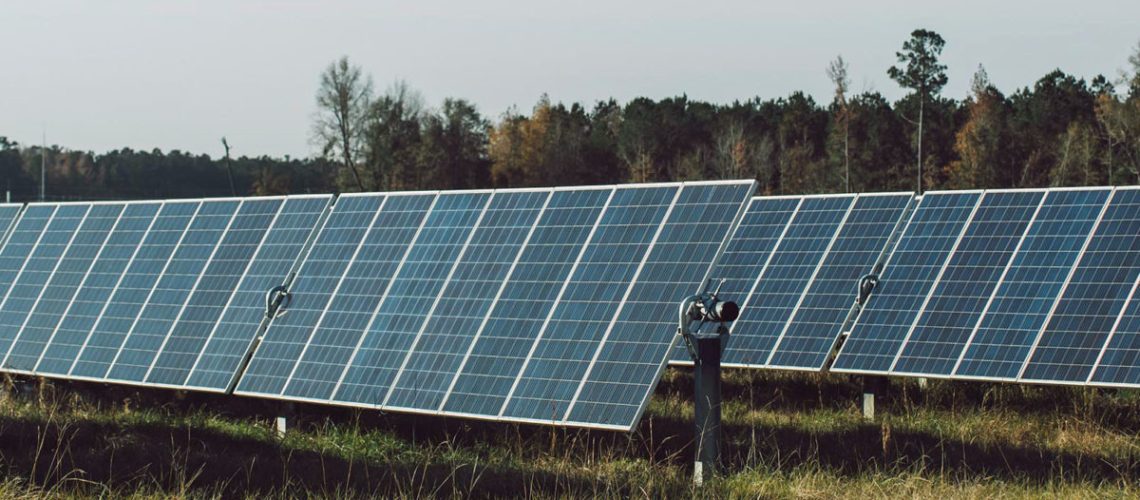A new market for residents to opt in to renewable energy contracts opens in California following Gavin Newsom’s signature on the Community Renewable Energy Act. The law will now be evaluated and implemented by the California Public Utilities Commission.
Following Governor Gavin Newsom’s signature, California passed AB 2316, the Community Renewable Energy Act. The law creates a community renewable energy program, including community solar-plus-storage, to overcome access barriers for nearly half of Californians who rent or have low incomes.
Community solar projects are often smaller than utility-scale facilities, and are ideally built on landfills, former industrial sites, and other brownfield locations. Customers typically subscribe to a share of energy produced by the local clean energy project, accessing lower bills and reducing their carbon footprint.
Without the ability to purchase and install solar directly on a rented residence, community solar offers a pathway to the 45% of Californians who rent their homes, and the 70% of renters who are considered low-income.
Across the United States, solar owners have an average income 58% higher than the median income in their county. The new law is aimed at expanding access while simultaneously strengthening California’s grid.
AB 2316 provisions include:
- Gives renters, nearly half of Californians, access to clean energy and lower electricity bills
- Builds the reliability of California’s power grid through linking storage with community solar
- Ensures at least 51% of subscribers are low income customers, triggering at least a 40% federal tax credit on solar panels under the Inflation Reduction Act
- Requires prevailing wages for workers, triggering a 30% federal tax credit for storage installations under the Inflation Reduction Act
- Avoids cost transfers to non-participants and maximizes the state’s ability to access federal funds under the Inflation Reduction Act.
“Community renewable energy is a proven powerful tool to help close California’s clean energy gap, bringing much needed relief to millions struggling with high housing costs and utility debt,” said Alexis Sutterman, energy equity program manager at the California Environmental Justice Alliance. “All families will finally have a choice to save on electric bills while unplugging from dirty power and joining the fight against climate change. As this program takes off, California will build the affordable and reliable clean energy supplies needed to retire polluting fossil fuel-powered plants in environmental justice communities and pursue a cleaner, safer future.”
The Biden Administration set a goal this year to sign up 5 million community solar households, achieving $1 billion in bill savings by 2025. The Department of Energy (DOE) reports that by year’s end 2020, about 3 GW of community solar in the United States was active, enough to power about 600,000 homes.
The community solar model only represents about 8% of the total distributed solar capacity in the nation. This target would entail a jump from 3 GW installed capacity to 20 GW by 2025. DOE estimates customers enrolling in community solar will save an average of about 20% on energy bills.
The Community Renewable Energy Act was sponsored by the Coalition for Community Solar Access, and met with strong support from groups like SEIA, GRID Alternatives, Vote Solar, the Sierra Club, the Union of Concerned Scientists, the Natural Resources Defense Council, and more.
Notably, investor-owned utilities, which serve over 75% of the electricity usage in the state, opposed the bill. Pacific Gas and Electric, San Diego Gas & Electric, and Southern California Edison all signed on in opposition to the bill.
Two attempts have been made in the past in California to set up a community solar market, and they have generally been considered failures due to poor structuring. The Enhanced Community Renewables within the Green Tariff Shared Renewables Program has zero projects in operation after nine years due to unfinanceable rates, said the Community for Solar Access (CSA). CSA said the Community Solar-Green Tariff program is also ineffective as it is expensive, fails to support disadvantaged communities, and a mechanism for controlling cost shift onto non-participants is limiting the program’s growth.
The implementation of this program rests in the hands of the California Public Utilities Commission (CPUC). CPUC is tasked with evaluating existing programs, and will report to the California Legislature its justification for terminating, modifying, or retaining them.



